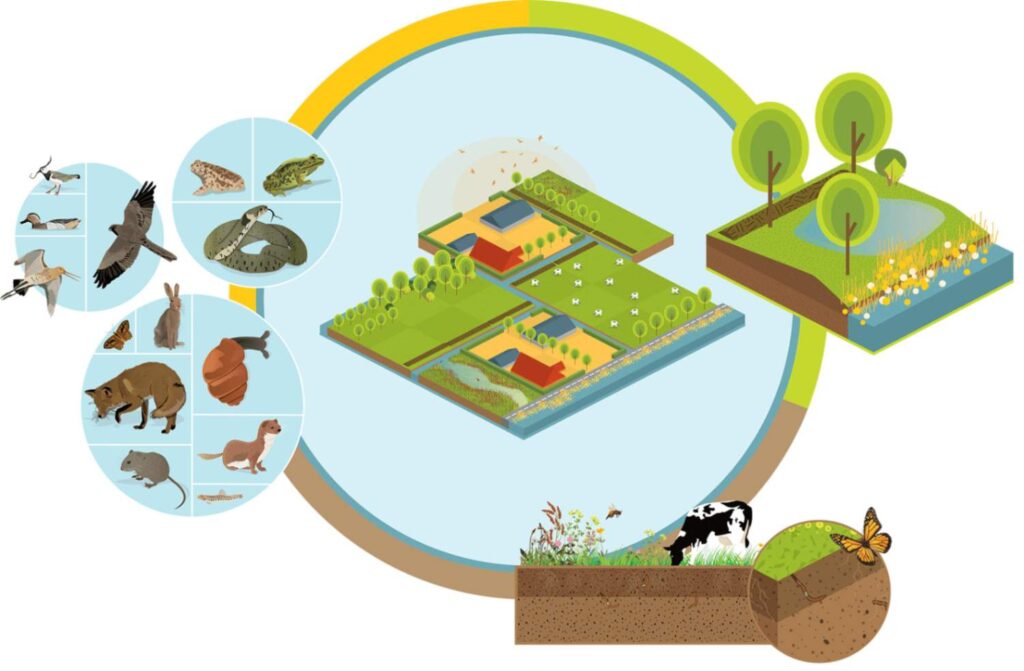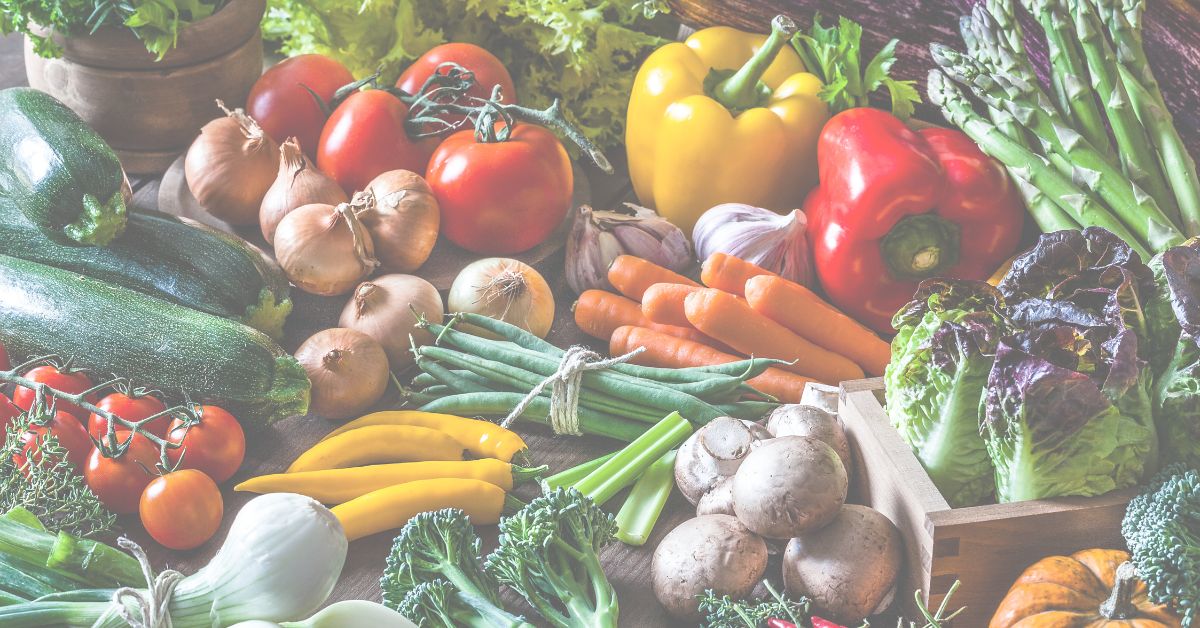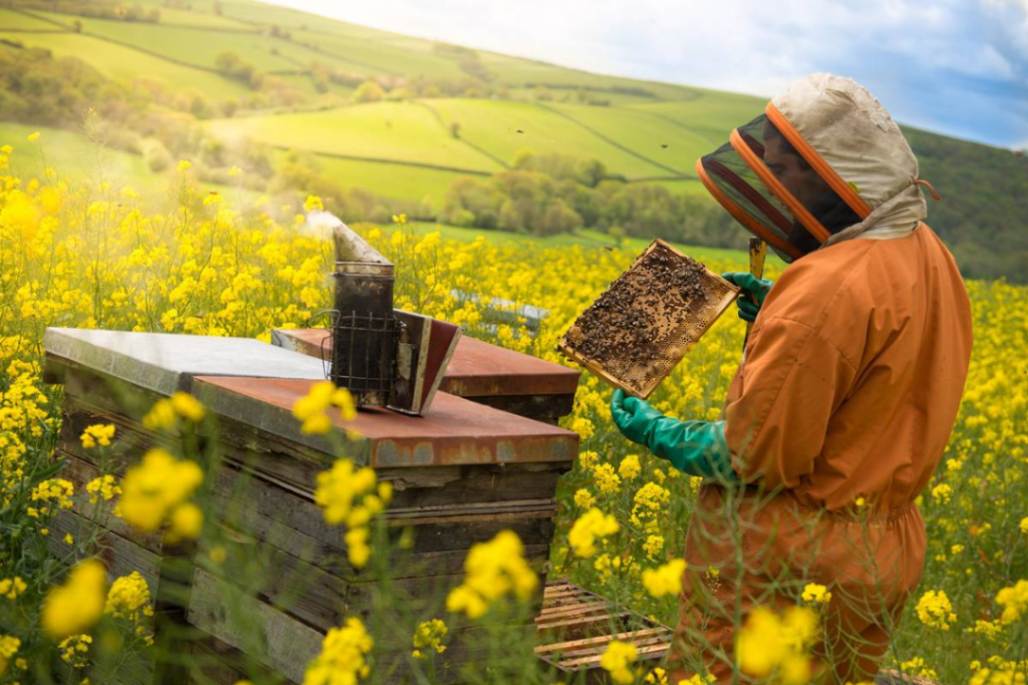Every year on May 22nd, the world celebrates International Day for Biological Diversity, commonly known as Biodiversity Day. This day serves as a poignant reminder of the vast array of life that inhabits our planet, from the tiniest microorganisms to the largest mammals, and everything in between. It’s a day to recognize and appreciate the incredible variety of species that make Earth so unique and to reflect on our role in preserving this diversity for future generations.
Biodiversity is fundamental to the health of our planet and human welfare. It includes all of the various species, genetic variations, and ecosystems that comprise our natural world. Biodiversity is not only a scientific term in the field of agriculture; it is essential to resilience and sustainability. Let’s explore some important biodiversity facts and how they profoundly impact sustainable agriculture.

Understanding Biodiversity
Definition and Importance:
Biodiversity refers to the diversity of life forms at all levels, from genes to species to ecosystems. This diversity is crucial for the functioning of ecosystems, which provide essential services such as pollination, nutrient cycling, pest control, and soil fertility. These services are the backbone of agricultural productivity and sustainability.
Genetic Diversity:
Genetic diversity within crop and livestock species is important for breeding programs. It allows the development of new varieties that are resilient to diseases, pests, and changing environmental conditions. This genetic reservoir is essential for adapting to future challenges in agriculture.
Species Diversity:
Different species contribute to ecosystem health in various ways. For instance, many plants depend on pollinators like bees and butterflies for reproduction, while other species are necessary for the cycling of nutrients and decomposition of organic material. Diverse ecosystems are generally more effective and resilient, able to withstand and recover from disturbances more effectively.
Ecosystem Diversity:
Agricultural landscapes often include a mix of ecosystems such as forests, wetlands, and grasslands. Several life forms are supported by these environments, which also offer numerous ecosystem services that benefit agriculture. For instance, wetlands help in water purification, while forests can enhance soil fertility and provide habitat for beneficial species.

The Impact on Sustainable Agriculture
Pollination:
Pollination of many crops depends on biodiversity, particularly among pollinators. Pollinators like bees, butterflies, and birds contribute significantly to the production of fruits, vegetables, and nuts, directly impacting food security and nutrition. Many of our staple crops would not be able to produce sustainable yields without these pollinators.
Pest Control:
Biodiverse environments support the growth of natural crop pest predators and parasites, which reduces the need for chemical pesticides. Intercropping and agroforestry can create habitats for these beneficial organisms, disrupting pest cycles and minimizing pest-related damages.
Soil Health:
Many kinds of organisms in the soil, including bacteria, fungi, and invertebrates, contribute to nutrient cycling, soil structure, and fertility. Sustainable practices like crop rotation, cover cropping, and organic farming improve soil biodiversity leading to healthier soils and stronger crop production.
Resilience to Climate Change:
Biodiverse agricultural systems are more likely to cope with the impacts of climate change, including extreme weather and changing climatic conditions. Crop and livestock diversity allows for greater flexibility and adaptability, ensuring more stable food production in the face of environmental changes.
Ecosystem Services:
Biodiversity supports essential ecosystem services, including water regulation, erosion control, and carbon sequestration. Sustainable agricultural practices that conserve and enhance biodiversity contribute to these services, promoting long-term productivity and environmental health.
Food Security and Nutrition:
Human health and food security have been improved by biodiverse farming methods, which offer a more diversified and nutritious diet. Traditional agricultural practices, often rich in biodiversity, offer valuable lessons in sustainable farming methods that modern agriculture can learn from.
At SapAgro, the leading Organic Farming Training Institute in Mumbai, India, we emphasize the importance of the connection between sustainable agriculture and biodiversity. By educating farmers on biodiversity’s benefits, we empower them to implement eco-friendly practices that boost crop resilience, enhance soil health, and ensure long-term agricultural sustainability. Join us in cultivating a greener future.
Conclusion:
Biodiversity is not just an abstract concept but a tangible asset that promotes sustainable agriculture. We can guarantee the resilience, productivity, and ecological balance of our farming systems by conserving and improving biodiversity. This in turn promotes both the health of our planet and the long-term viability of food production. Agricultural biodiversity adoption is not an option – rather, it is necessary for a sustainable future.






